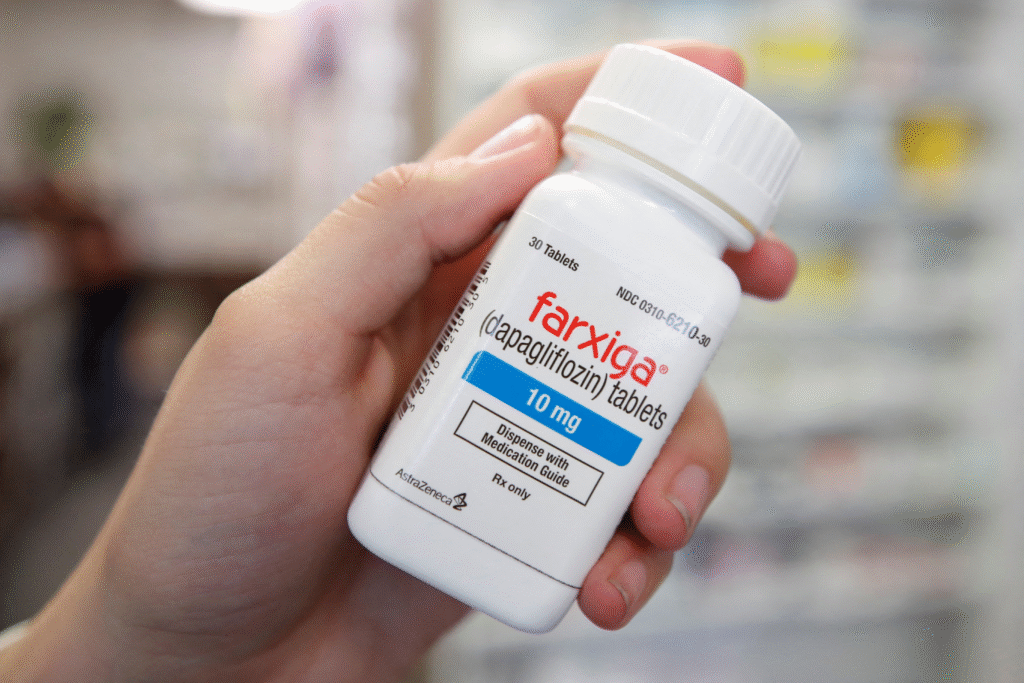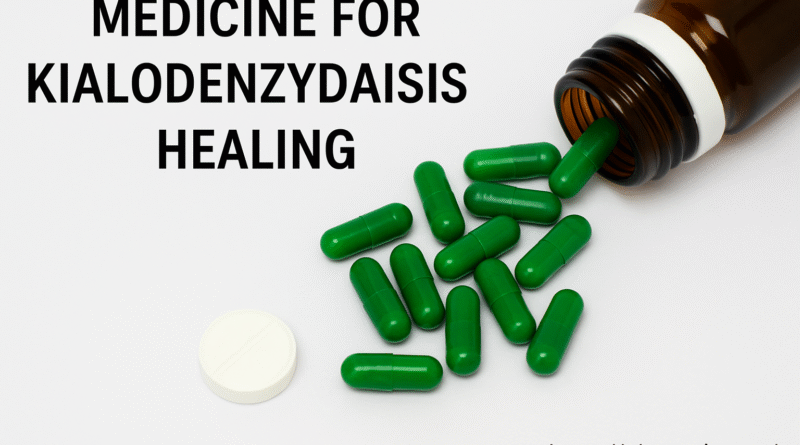Unlocking the Secrets of Medicine for Kialodenzydaisis Healing
What is Kialodenzydaisis?
medicine for kialodenzydaisis healing is a rare and complex medical condition characterized by a range of debilitating symptoms, primarily affecting the individual’s biological systems. The etiology of this condition is not yet fully understood, but it is hypothesized to stem from a combination of genetic predispositions and environmental triggers that disrupt normal cellular functions. It often presents with a perplexing assortment of signs that can vary significantly from one patient to another, leading to challenges in diagnosis and treatment.
Symptomatically, individuals suffering from kialodenzydaisis may experience chronic fatigue, joint pain, and neurological disturbances. These symptoms may fluctuate in severity, making it difficult for healthcare providers and patients alike to pinpoint effective therapeutic strategies. The underlying biological mechanisms appear to involve dysregulation of immune response pathways, leading to inflammation and tissue damage. As such, patients may also experience secondary complications that exacerbate their initial condition.
The current understanding of kialodenzydaisis also highlights the potential role of autoimmunity in its pathogenesis. This suggests that the immune system mistakenly attacks the body’s own tissues, contributing to the symptomatology observed in affected individuals. Research continues to explore how these factors interact, as understanding the biological underpinnings is crucial for developing targeted medicine for kialodenzydaisis healing.
Despite the daunting nature of this condition, advancements in medical research hold the promise of novel therapeutic approaches aimed at alleviating symptoms and addressing root causes. A better grasp of kialodenzydaisis will not only empower patients but also pave the way for effective medicine for kialodenzydaisis healing that can enhance quality of life and optimize treatment outcomes.
Current Approaches to Medicine for Kialodenzydaisis Healing
The management of kialodenzydaisis healing has evolved significantly, leading to a variety of currently available medical treatments and interventions. These approaches can be categorized into two primary modalities: conventional medicine and alternative therapies. Each method offers unique advantages in addressing the symptoms and underlying causes of this complex condition.
Conventional medicine primarily relies on evidence-based practices that include pharmacotherapy, physical therapy, and, in some cases, surgical interventions. Medications, often formulated to alleviate specific symptoms associated with kialodenzydaisis, play a crucial role in managing patient outcomes. For instance, anti-inflammatory agents, analgesics, and immune-modulating drugs are commonly prescribed to mitigate pain and inflammation. Recent advancements in pharmacology have introduced targeted therapies that aim to personalize treatment based on individual patient profiles, increasing the efficacy of medicine for kialodenzydaisis healing.
In contrast, alternative medicine encompasses a range of holistic approaches, including acupuncture, herbal remedies, and dietary modifications. These therapies often aim to enhance overall well-being and may complement conventional treatment by addressing the psychological and emotional aspects of the condition. Some studies have suggested that herbs known for their anti-inflammatory properties can play a supportive role in the healing process; however, patients are advised to approach alternative treatments cautiously and consult healthcare professionals to avoid potential interactions with prescribed medications.
Recent research has underscored the importance of a multidisciplinary approach in the management of kialodenzydaisis. Collaborative efforts among healthcare providers, including specialists and alternative practitioners, enhance the treatment landscape, offering patients a comprehensive care plan tailored to their specific needs. This collaborative approach aims not only to manage symptoms but also to tackle the root causes of the condition, promising a more effective path towards healing.
Real-Life Experiences with Kialodenzydaisis Treatment

The journey of patients battling Kialodenzydaisis can be fraught with challenges, yet many individuals have emerged with inspiring stories of healing and recovery through effective medicine for Kialodenzydaisis. Patient adherence to prescribed treatment regimens has often been a pivotal factor in determining the outcomes. James, a 45-year-old male diagnosed with Kialodenzydaisis, recalls how his commitment to the recommended medication significantly decreased his symptoms within weeks. His dedication to following the treatment plan not only improved his health but also encouraged his family to seek appropriate care.
The stories shared by patients illustrate a diverse range of experiences and outcomes. For instance, Sarah, a 38-year-old mother, faced numerous difficulties during her treatment, including side effects that made adherence to her medicine challenging. However, she remained persistent and communicated openly with her healthcare team. Her resilience, coupled with a personalized treatment approach, ultimately led to her successful recovery. Sarah’s narrative emphasizes the importance of both patient adherence and the integral role of supportive healthcare professionals.
Healthcare providers also play a crucial role in tailoring treatment plans that cater to the unique needs of each patient. Dr. Emily Chen, a specialist in Kialodenzydaisis, notes that maintaining patient engagement and providing continuous education about the implications of their therapy frequently results in better adherence rates. Such collaboration is essential, as it empowers patients to take an active role in their healing journey. Many doctors have observed that when patients feel informed and involved, they are more likely to stick to their treatment regimens, enhancing the effectiveness of medicine for Kialodenzydaisis.
Future Directions in Medicine for Kialodenzydaisis Healing
The future of medicine for kialodenzydaisis healing appears promising, as research initiatives and innovative therapies are continually progressing. Currently, numerous studies are being undertaken to better understand the underlying mechanisms of this complex condition. Such research is crucial as it seeks to discover novel therapeutic targets, leading to more effective treatment options tailored to individual patient needs.
One of the key areas of focus is the development of biologic therapies that harness the body’s immune system to fight the disease. These therapies aim to minimize side effects and enhance the efficacy of treatments, ensuring that patients experience improved outcomes during their healing journey. Furthermore, gene therapy represents a frontier in medicine for kialodenzydaisis, presenting potential groundbreaking techniques for correcting genetic defects associated with the condition. Researchers are exploring how modifications at the genetic level could pave the way for lasting health improvements.
In addition to these advanced modalities, the integration of technology into patient care is rapidly reshaping the landscape of medicine for kialodenzydaisis healing. Telemedicine and mobile health applications are providing greater accessibility to healthcare professionals and resources, facilitating better management of the condition for patients in various geographical areas. Moreover, data analytics and artificial intelligence are becoming increasingly important in clinical trials, allowing for more precise patient stratification and personalized treatment plans based on individual responses.
Lastly, collaboration among multidisciplinary teams, including researchers, clinicians, and patient advocacy groups, will play a vital role in advancing the field. As these stakeholders work together to share knowledge and insights, the potential to enhance treatment modalities for those affected by kialodenzydaisis will undoubtedly increase. The ongoing commitment of the medical community to explore innovative strategies is essential in driving forward the spectrum of care within this nascent therapeutic area.
